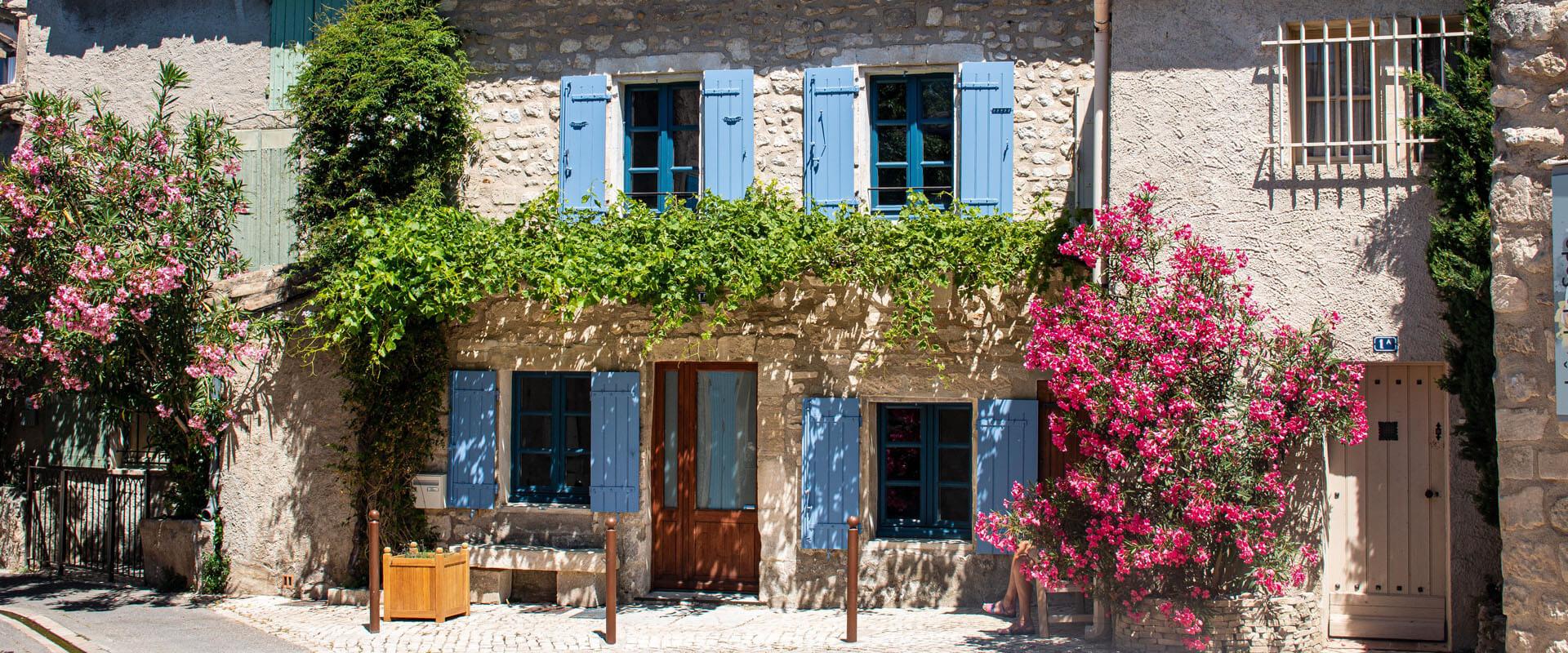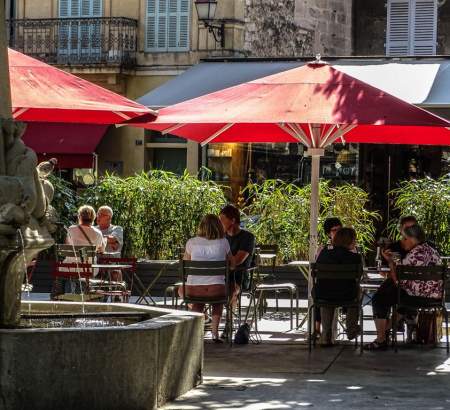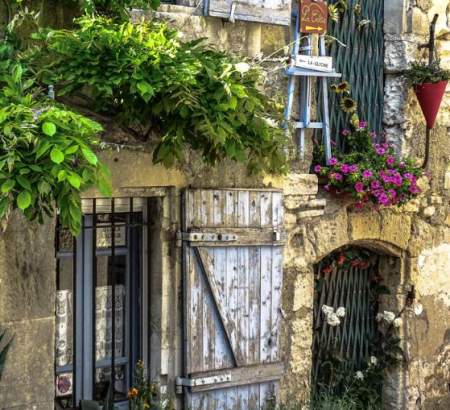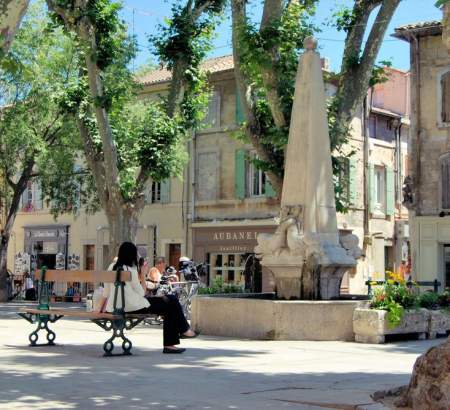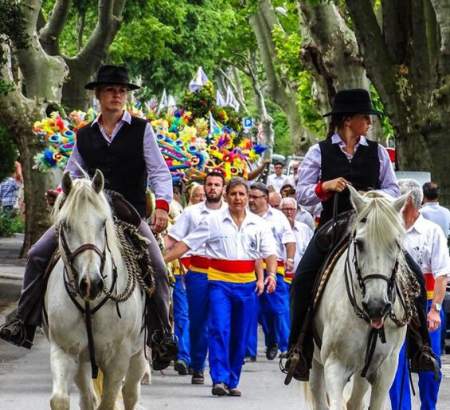Are you planning to visit Saint Rémy de Provence and would like to find out more? From Roman heritage to the new town, this village in the Alpilles offers visitors a fantastic journey through time. What to see and do in Saint Rémy de Provence? Here's a round-up of the must-see sites.
Where can I find a campsite in Saint Rémy de Provence?
Our campsite in Saint-Rémy-de-Provence (8 km), on the northern slopes of the Alpilles, is ideally situated for visiting this Provencal village, famous the world over for having welcomed and inspired Van Gogh. You can choose accommodation in a chalet or converted tent, or a pitch for a tent or camper van, with swimming pool, spa and fitness area. All lulled to sleep by the song of the cicadas!
A ten-minute drive will take you to the old streets of Saint Rémy de Provence, with its Wednesday market, squares adorned with fountains and beautiful boutiques and art galleries. Not forgetting its ancient heritage, an edifying testimony to life from the Bronze Age to the end of the Roman Empire.
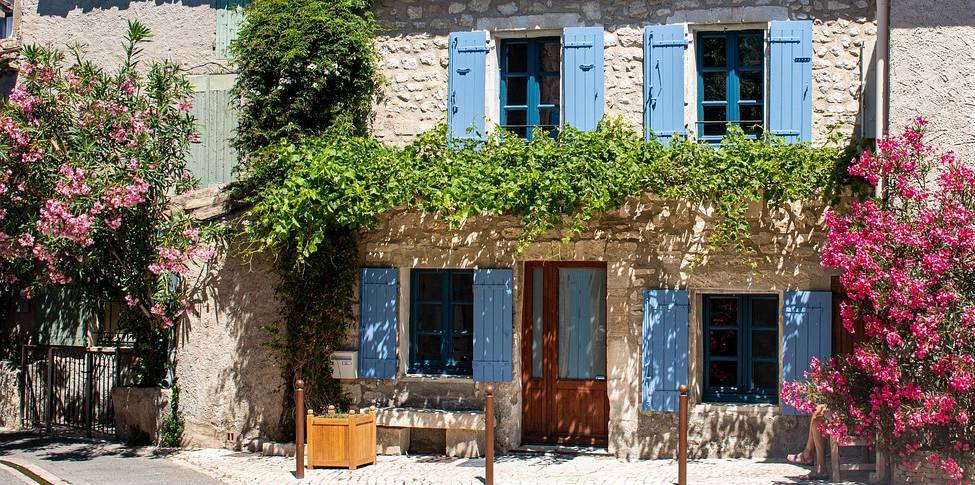
Visit the Glanum archaeological site
Located to the south of the town, Glanum is the most visited monument in Saint-Rémy-de-Provence. It was an ancient city destroyed around 270 during the barbarian invasions. It is one of the oldest archaeological sites in Europe.
Within the two hectares visible today, two monuments have miraculously survived the centuries: the Roman triumphal arch that marks the entrance to the ancient city and the Mausoleum of Glanum, built to the glory of a Gallic family that was Romanised under the reign of Julius Caesar. They form what is known today as "Les Antiques".
Visitors can travel back in time through the ancient city, admiring the archaeological remains, the houses (domus), the Roman Curia, the sanctuary of Hercules, the sacred spring, etc. Allow around 1? hours for your visit. An audio guide will tell you more about the history of the city and the life of its inhabitants in Gallo-Roman times.
- Open all year round. Admission: €9, free for under-18s. Guided tours and workshops for children during the school holidays. Picnic area on site. Further information : www.site-glanum.fr
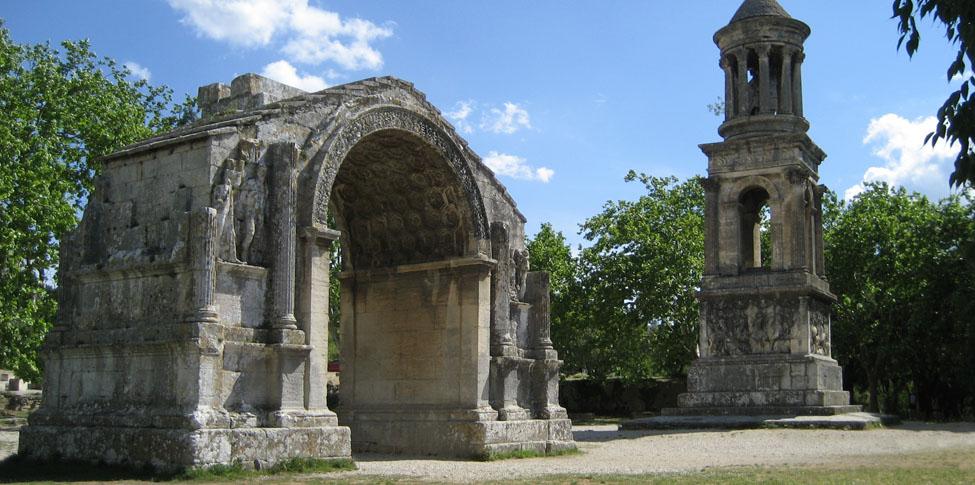
The Saint-Paul de Mausole Cultural Centre
Next to the Roman ruins of Glanum, you can visit the Saint-Paul de Mausole monastery. This 11th-century masterpiece of Provençal Romanesque art is famous for the hospital where the painter Van Gogh was treated from 8 May 1889 to 16 May 1890, shortly before his death.
Inside, you can visit the Saint-Paul cloister (listed as a historic monument), the reconstruction of Vincent Van Gogh's bedroom, and the wheat field that the painter contemplated from his window and painted during his stay at the hospice.
In the tree-lined avenue leading to the chapel, a botanical and artistic trail features reproductions of Van Gogh's main paintings here: "Starry Night", "Self-Portrait", "Wheat Field with Reaper", "Iris", "Olive Grove", "Wheat Field with Cypresses", etc.
- Access: Chemin Saint-Paul, 13210 Saint-Rémy de Provence. Open 7 days a week, individual ticket price: €8, 12 to 16 years: €6. More info: www.saintpauldemausole.fr
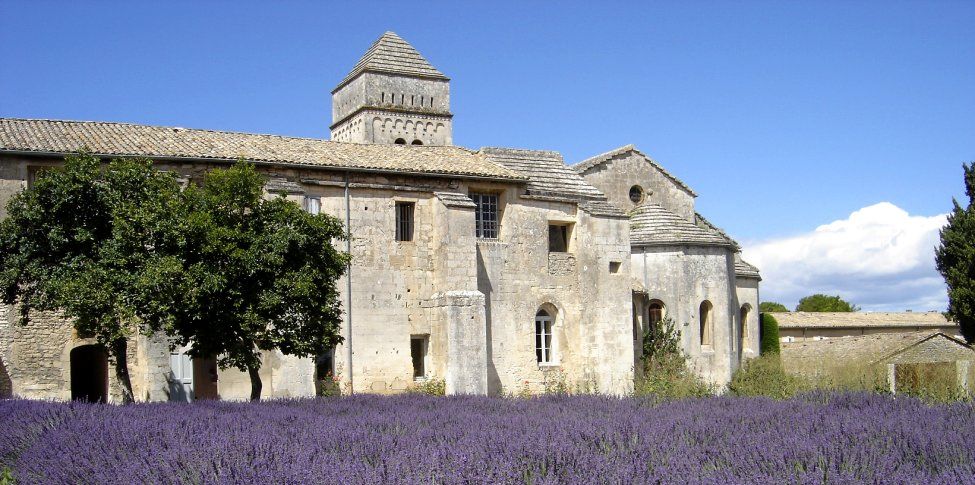
The Van Gogh Walk in Saint-Rémy
In the heart of the town and its surroundings, a walking trail takes in the landscapes that inspired Vincent Van Gogh during his stay in Saint Rémy de Provence.
The originality of this artistic circuit lies in the 20 reproductions of paintings by the artist, accompanied by explanatory texts, which bring Van Gogh's works into dialogue with their place of creation and their history. The walk starts near the Saint-Paul de Mausole monastery and then heads towards the old town of Saint-Rémy and the Quartier des Quatre Cantons, ending in front of the Centre d'Art Présence Van Gogh, housed in the 17th-century Hôtel Estrine.
- A free walk of around 1.5 km. Allow an hour for the walk. Download the map of the Van Gogh walk
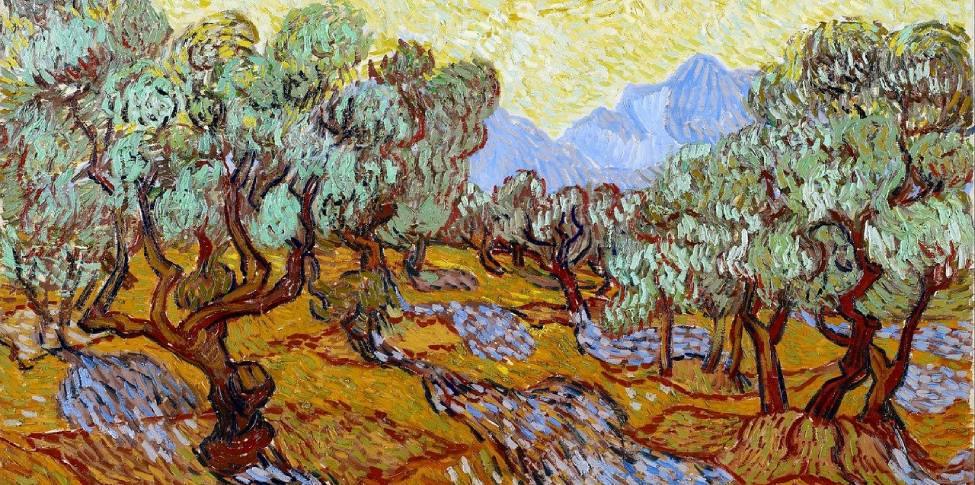
The collegiate church of Saint-Martin in Saint Rémy de Provence
Erected in the heart of the village, the collegiate church of Saint-Martin is to Saint-Rémy-de-Provence what the Eiffel Tower is to Paris. What a symbol! Designed according to the plans of St Peter's Basilica in Rome, the building retains its 14th-century Gothic bell tower, which stands 45 metres high. Its monumental style and neo-Greek façade echo the nearby Roman remains.
Inside, the marble high altar and baptismal font date from the early 14th century, as do most of the furnishings. In one of the chapels, you can see a period copy of Philippe de Champaigne's painting of the "Dead Christ", the original of which is in the Louvre. Guided tours are available to find out more about the history and artistic treasures of this remarkable church.
Hike to Lake Peiroou
Nestling to the south of Saint-Rémy-de-Provence, Lac de Peiroou is a must-see hiking spot on the GR6 trail. Surrounded by limestone cliffs, this artificial lake is one of the remarkable sites of the Alpilles massif, formed by a dam created in 1891 to supply the fountains of Saint-Rémy.
Numerous footpaths offer breathtaking 360° views over the Alpilles and Provence. Allow 3? hours to walk around the lake from Saint-Rémy-de-Provence, passing by the Arc de Triomphe de Glanum, the Rocher des Deux Trous and Mont Gaussier. Between 1 June and 30 September, access to the lake is regulated by prefectoral decree to combat forest fires.
DID YOU KNOW? Lake Peiroou (sometimes spelt Peïroou or Peirou, meaning "pots" in Provençal) was once home to an ancient arch dam, the oldest in the world! This aqueduct, some of whose foundations remain, supplied water to the triumphal fountain and thermal baths of the ancient city of Glanum.

